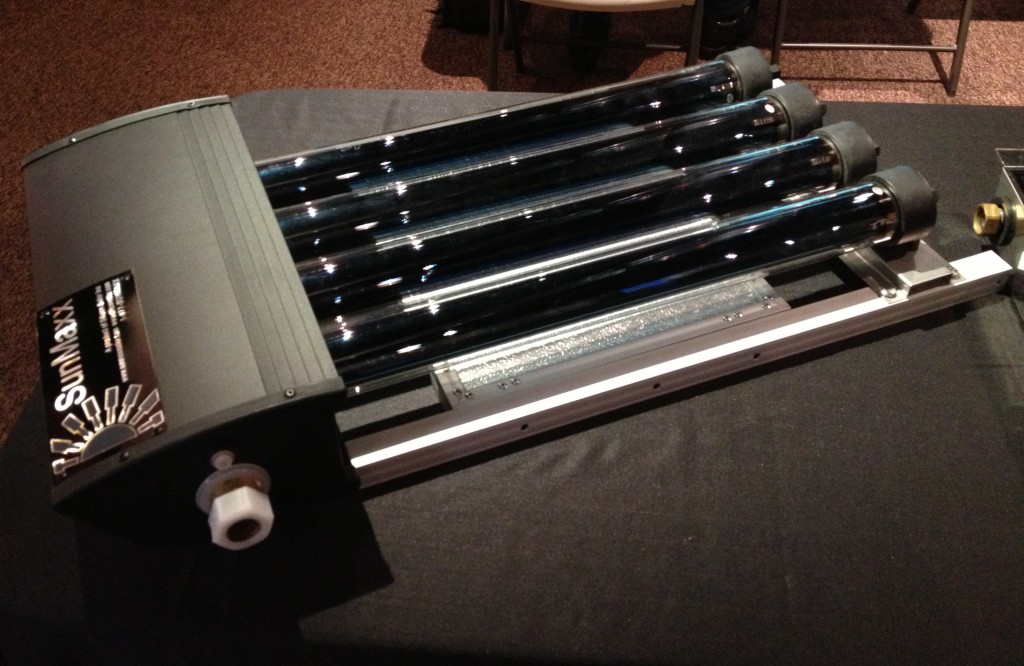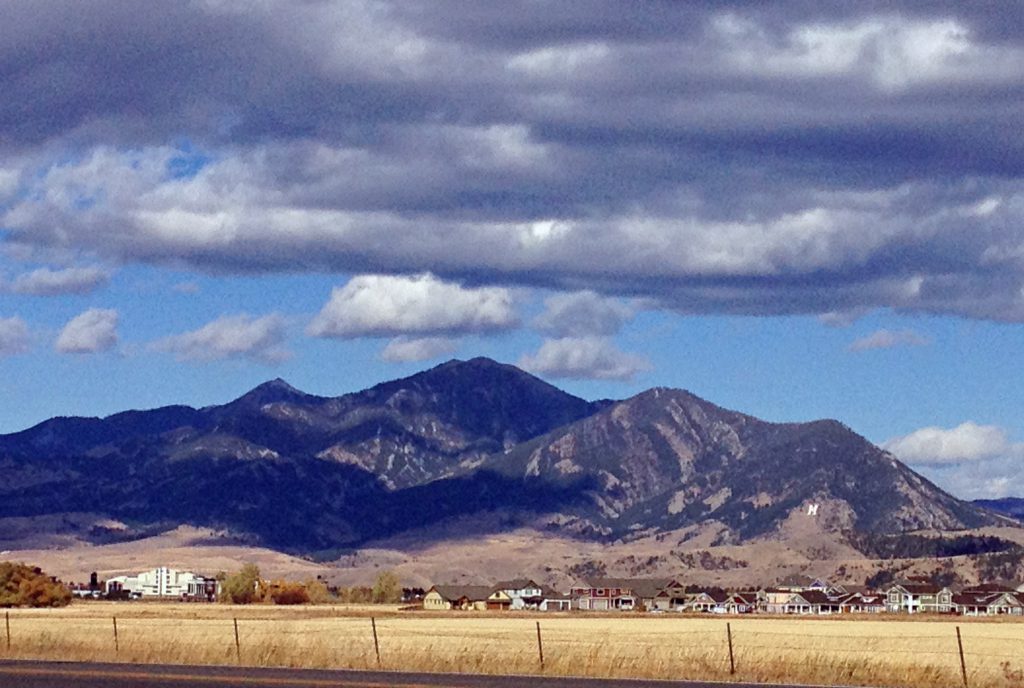I am writing this blog posting on my birthday, so I will take this opportunity to wish myself a happy birthday. : )
Now on to the topic. I have been looking forward to sharing what I learned at an energy workshop I recently attended in Montana. It was great! Colleagues in Cooperative Extension from around the country participated in the workshop. I saw old friends and made new ones. Montana State University (MSU) Extension designed an educational tool called E3A (Exploring Energy Efficiency and Alternatives). Central to E3A is an energy pyramid which is a great visual tool. It reminds us that some of the best actions we can take often cost very little.
The foundation of the pyramid is essentially “knowing what you want.” You should look at your energy use and decide what actions do you want to take. Most of us can conserve energy in one way or another by just using less energy and water in our home. Lights can be switched off when you leave the room. You can plug electronics into a surge protector that you turn off when not using the electronics. Even the simple action of replacing a light bulb with a compact fluorescent lamp can make a difference. There are so many different types of lights to choose from. Surely one of those energy saving LED or CFL lamps will meet your needs.
The second level of the energy pyramid step focuses on energy efficiency. How can you make your energy use more efficient? These are things like buying EnergyStar appliances, adding timers to your lights, and adding insulation. Insulation is one of your best investments and there are many different types to choose from (www.doe.insulation). Cellulose insulation is commonly used when adding insulation to an existing home.
At the very top of the pyramid are alternative energy sources like wind, solar, biodiesel, micro-hydropower and anaerobic digesters. The Cooperative Extension Home Energy and Farm Energy communities do a good job of explaining some of these alternative energy sources.
Home Energy (https://www.extension.org/pages/27237/alternative-energy-systems-for-homes)
Farm Energy (https://www.extension.org/pages/26624/farm-energy-community-page.)
The workshop was held at the Montana Weatherization Center and taught by MSU Extension professionals – Sarah Hamlin and Mike Vogel. They did a great job! The Montana Weatherization Center is a phenomenal training facility on energy, weatherization, lead and healthy housing issues. They even provide a glimpse into the past with reprints of old advertisements on the walls and in the bathrooms. And of course, Montana is just beautiful.

















Leave a Reply